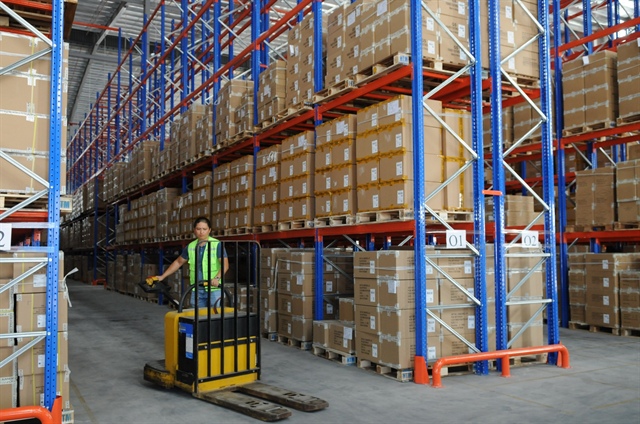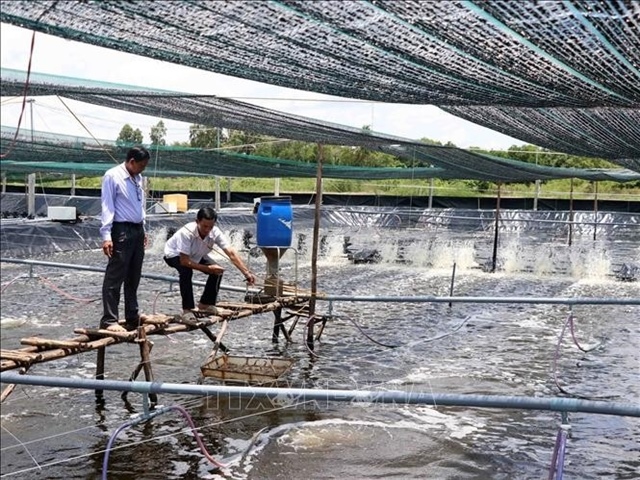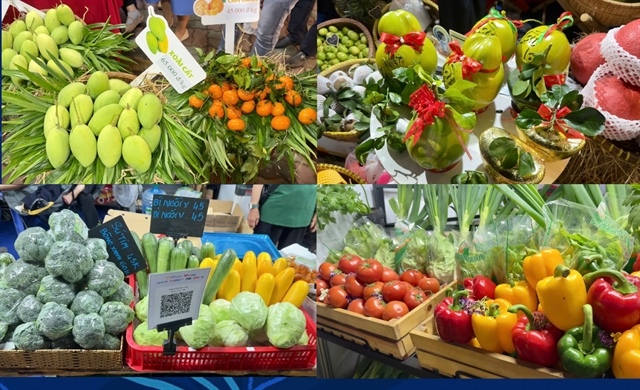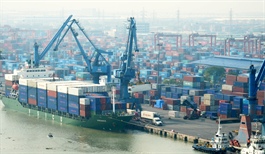Vietnam promotes untapped potential of exports to Eurasia
Vietnam promotes untapped potential of exports to Eurasia
Despite the impact of the Covid-19 pandemic, trade turnover between Vietnam and Eurasia grew strongly in the first 11 months of 2021. However, Vietnam’s exports remained modest compared to their import demand, leaving huge room for growth.
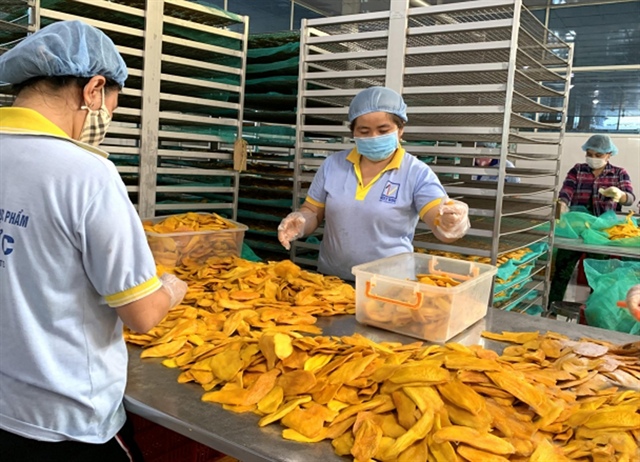
Russians are interested in Vietnamese dried fruit |
Zero customs
Ta Hoang Linh, director of the European-American Market Department, said the Eurasian market of 28 countries, stretching from Eastern Europe to Central Asia, is a potential export market for Vietnamese goods. Under Vietnam’s free trade agreement with the Eurasian Economic Union (EAEU) implemented over the past five years, most Vietnamese goods exported to the EAEU are entitled to zero percent tax rate.
According to the General Department of Vietnam Customs, trade turnover between Vietnam and Eurasia reached US$12.7 billion in the first 11 months of 2021, an increase of 13.1 percent compared to the same period in 2020. Of the total, Vietnam’s exports reached US$8.6 billion, a year-on-year increase of 10 percent, while imports reached US$4.1 billion, up 20.5 percent annually. Vietnam’s exports remained modest compared to their import demand estimated at about US$1.345 trillion, or only 0.66 percent of the market share, meaning that room for Vietnam’s exports remains huge, Linh said.
Russia is Vietnam’s main partner in the EAEU. Vietnamese Trade Counselor in Russia Duong Hoang Minh said Russian people are interested in Vietnamese food and there are 800-900 restaurants selling Vietnamese dishes in Russia. In addition, they are interested in Vietnamese dried fruit, such as mango and custard apple.
Ukraine is another potential export market for Vietnamese goods. Nataliya Zhynkina, Charge d'Affaires of the Ukrainian Embassy in Vietnam, said the two countries’ economic and trade cooperation has great potential and has not been fully tapped. She said Ukraine has demand for agricultural products and spent US$6.5 billion to import farm produce in 2021. Of the figure, US$900 million constituted Vietnamese exports, which remained modest compared to Ukraine’s import demand, leaving much room for growth.
In addition, Greece and Bulgaria offer gateways for Vietnamese products to the Western Balkans.
|
Methodical orientation
To make good use of incentives provided by the Vietnam-EAEU Free Trade Agreement and promote exports to the region, Duong Hoang Minh said Vietnamese businesses need to conduct market surveys and participate in specialized exhibitions in Russia. They should also pay more attention to product quality and packaging and label designs, Minh said.
Do Xuan Hoang, general director of the Mareven Food Central, said that to do business in the Eurasian market, Vietnamese firms can focus on selling raw materials, outsourcing and production for large stores, and investment in building their brands and developing trade and production activities.
Hoang emphasized the need to change thinking on market access. At first, Vietnamese businesses should gain access to local distribution systems on a smaller scale. After acquiring a deeper understanding of the market and suitable product lines with affordable prices, they can negotiate with large distribution systems.


